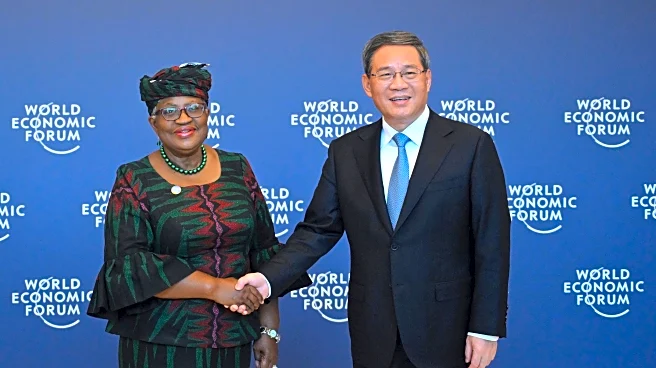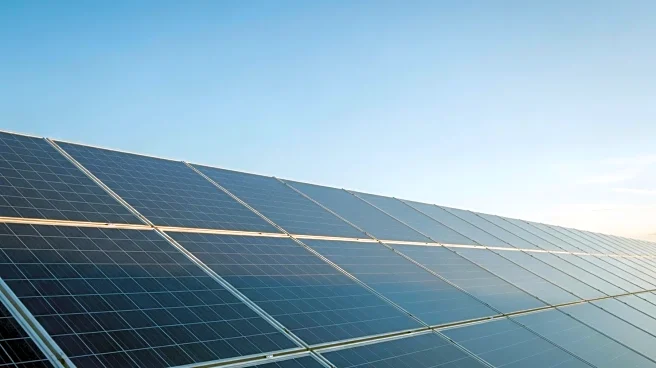What's Happening?
The US copper industry is facing significant challenges as the Trump administration aims to 'bring copper home' through tariffs. The US currently has two operational primary copper smelters, with a third smelter closed due to labor disputes. In 2024, the US produced 1.1 million metric tons of copper, exporting over 20% for overseas refining. Domestic refined copper consumption was 1.8 million metric tons. The Trump administration has imposed 50% tariffs on semi-finished copper products and plans phased tariffs on refined copper starting in 2027. Despite these efforts, the US struggles with slow permitting processes and lacks infrastructure to compete with China's refining capabilities.
Why It's Important?
The US copper industry's reliance on imports poses strategic vulnerabilities, especially as global competition intensifies due to the energy transition. The tariffs aim to boost domestic production but face hurdles such as regulatory barriers and inadequate refining capacity. The US must compete with Chinese smelters, which benefit from low capital costs and government subsidies. The administration's plans to reshape supply chains require significant investment and regulatory changes, impacting industries reliant on copper, such as energy, defense, and technology.
What's Next?
The Trump administration is considering domestic sales requirements and export controls for copper materials starting in 2027. New projects and capacity expansions are expected, but significant investment and regulatory overhaul are needed to achieve self-sufficiency. The US must address permitting delays and environmental concerns to increase domestic production. The administration's efforts to streamline regulations through the FAST-41 program show promise, but challenges remain in competing with China's refining dominance.
Beyond the Headlines
The US copper industry's challenges highlight broader issues in domestic resource development, including regulatory hurdles and global competition. The focus on tariffs and domestic production reflects a shift towards economic nationalism, with implications for trade relations and industry dynamics. The energy transition and demand for critical minerals underscore the need for strategic planning and investment in refining capacity.












